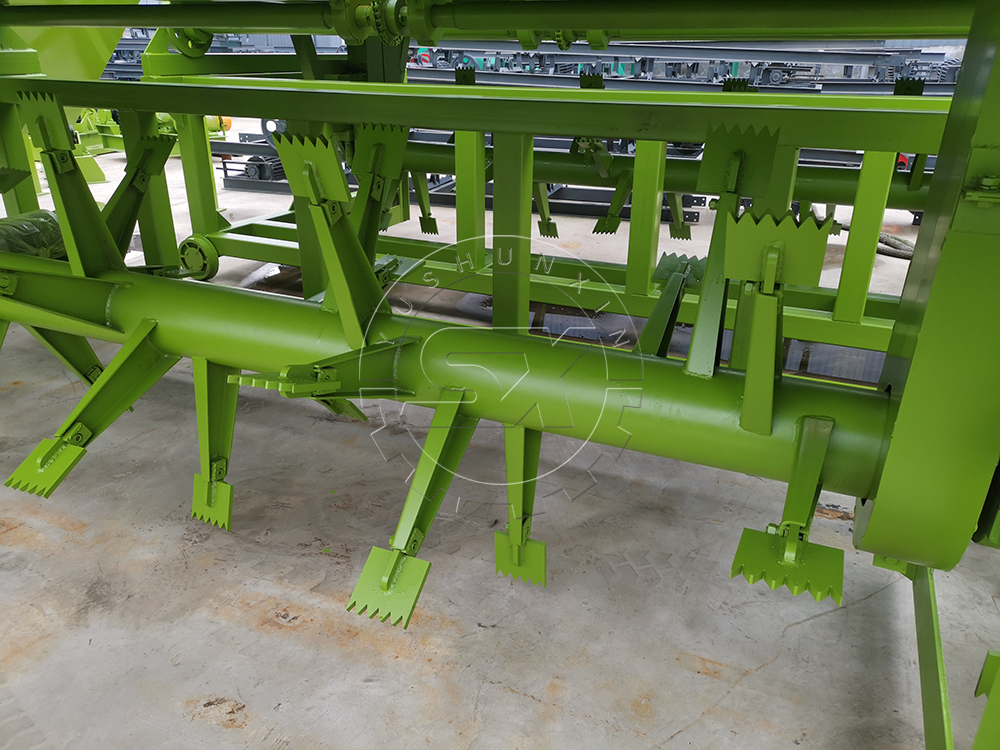Why do we add straw as an auxiliary raw material when composting manure?
In organic fertilizer processing plants, straws, cakes, etc. are often used as auxiliary materials for production. Then why do we add a certain amount of straw as auxiliary raw materials in order to increase the organic content and nutrients when composting manure?
This is because crop stalks contains a large amount of organic matter and elements such as nitrogen, phosphorus, potassium, calcium, magnesium, sulfur, and silicon. According to analysis, rice straw contains 78.6% of organic matter, 0.63% of nitrogen, 0.11% of phosphorus, 0.85% of potassium. Soy straw contains 1.3% of nitrogen, 0.3% of phosphorus, and 0.5% of potassium; corn stalk contains 0.5% of nitrogen and 1.4% of phosphorus. Potassium 0.19% Wheat straw contains 0.5% nitrogen, 0.2% phosphorus and 0.16% potassium.

At the same time, the straw has a low moisture content, which can neutralize the moisture content of the compost manure, so that the moisture content of the compost material pile is suitable for the composting range (up to about 50% to 60%). And the straw has a larger porosity after being crushed, which can increase the external air enters the inside of the pile, reducing the odor generated by anaerobic reaction. Combined with the organic fertilizer turning machine to turn to promote oxygen, it can well control the temperature of the compost so that accelerate the reproduction speed of beneficial microorganisms and shorten the fermentation cycle.
In addition, in order to increase the commercial value of organic fertilizers, you can also add a certain amount of N, P, K, stir evenly with a horizontal mixer, and then granulate with an organic fertilizer granulator, so that the nutrients can be evenly and consistently distributed to among the pellets.


